Introduction to Trauma-Informed Mindfulness
for Teachers of Mindfulness
A strong motivation for teaching mindfulness to others might be to share the gifts of our own practice. These might include benefits to our physical and mental wellbeing, improved relationships, a stronger sense of purpose and clarity, an increased ability to be present with our experience in a non-judgmental way, and perhaps a growing capacity to recognise and open up to moments of joy.
But, as Professor Paul Gilbert points out, living a life as a human being often means inhabiting complexity on many levels – physical, emotional, social and so on. Experience of trauma can have an array of devastating effects on our minds, bodies, brains as well as our relationships, communities and even societies. And so, despite our best intentions as mindfulness teachers, without insight, wisdom and understanding of how trauma may affect human beings and how it may manifest, we may be inadvertently contributing to deepening someone’s wounds.
David Treleaven, a therapist with lived experience of trauma, offers a framework – the 4 Rs – that may be helpful to consider for those wishing to teach mindfulness in a trauma-informed way:
- Realise – this is about having that understanding about what trauma is, the different types of traumas, and how these impacts the human body, brain and mind, but also what effects it may have beyond the individual (e.g. intergenerational trauma, racial trauma etc.,).
- Recognise – being able to recognise signs of trauma manifesting in the space where you are teaching. Some of these signs will be non-verbal.
- Respond – knowing what to do and employing skilful means within one’s scope of practice to respond in a way that is likely to be supportive and helpful to an individual that is possibly struggling with trauma-related difficulties in the context of mindfulness teaching. This may also include referring on to a trauma specialist or mental health professional that works in a trauma-informed way.
- (Avoid) Re-traumatisation – according to Treleaven, this is an overarching ethical principle of avoiding doing harm and can encompass all aspects of mindfulness practice/teaching e.g. using trauma-sensitive, inclusive language; considering the layout of the room and props available; thinking about structure and length of practices, adapting classes, practices and materials for the needs of a particular group (trauma-sensitive mindfulness) and so on.
Underlying all of these are also the main qualities of a mindfulness teacher – embodied, grounded and genuine presence, a sense of gentle, non-judgmental curiosity and compassion. As human beings we have the innate capacity to recognise and react to another’s suffering, and so it is not uncommon that mindfulness teachers can find themselves being affected by the suffering (including trauma-related issues) in their students. It is therefore essential that those teaching mindfulness are able to offer themselves unconditional support and know when and where to go for any additional support – as this constitutes part of our commitment to ethical and compassionate practice.
Our Trauma Informed Mindfulness for Teachers will be held at Samye Ling and Online 18-20 October 2024, led by Choden and Natasha Micharin
Trauma Informed Mindfulness for Teachers of Mindfulness (Samye Ling and Online)


